
Carl Heinrich Graun was a German composer and tenor. Along with Johann Adolph Hasse, he is considered to be the most important German composer of Italian opera of his time.
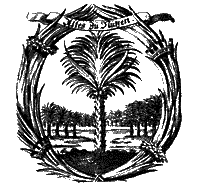
The Fruitbearing Society was a German literary society founded in 1617 in Weimar by German scholars and nobility. Its aim was to standardize vernacular German and promote it as both a scholarly and literary language, after the pattern of the Accademia della Crusca in Florence and similar groups already thriving in Italy, followed in later years also in France (1635) and Britain.
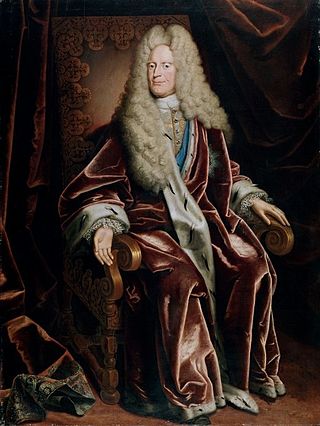
Anthony Ulrich, a member of the House of Welf, was Duke of Brunswick-Lüneburg and ruling Prince of Brunswick-Wolfenbüttel from 1685 until 1702 jointly with his elder brother Rudolph Augustus, and solely from 1704 until his death. He was one of the main proponents of enlightened absolutism among the Brunswick dukes.
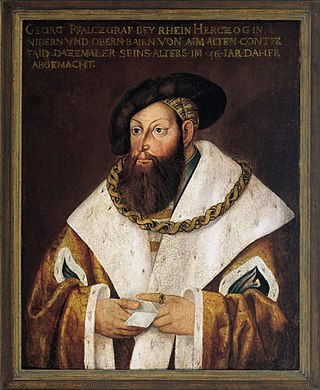
George of Bavaria referred to as the Rich, was the last duke of Bavaria-Landshut. He was a son of Louis IX the Rich and Amalia of Saxony.

Johanngeorgenstadt is a mining town in Saxony’s Ore Mountains, 17 km south of Aue, and 27 km northwest of Karlovy Vary. It lies in the district of Erzgebirgskreis, on the border with the Czech Republic, is a state-recognized health resort (Erholungsort), and calls itself Stadt des Schwibbogens. Its population decline since the 1950s has been extremely severe, falling from 45,000 residents in 1953 to only about one twelfth of that now.
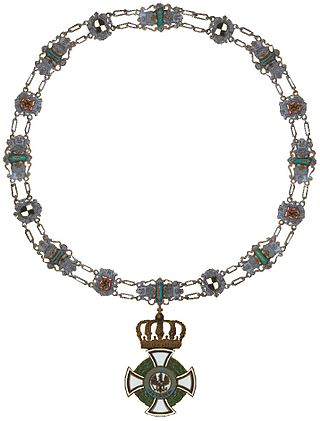
The House Order of Hohenzollern was a dynastic order of knighthood of the House of Hohenzollern awarded to military commissioned officers and civilians of comparable status. Associated with the various versions of the order were crosses and medals which could be awarded to lower-ranking soldiers and civilians.

Johann Georg I, Duke of Saxe-Eisenach was the fifth but third surviving son of Wilhelm, Duke of Saxe-Weimar and Eleonore Dorothea of Anhalt-Dessau.

Karl Gustav Himly was a German surgeon and ophthalmologist from Braunschweig.
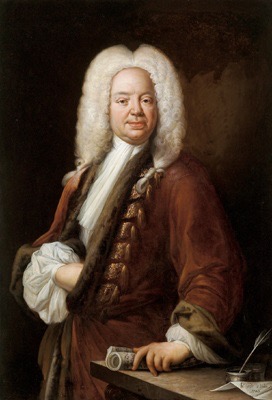
Georg Caspar Schürmann was a German Baroque composer. His name also appears as Schurmann and in Hochdeutsch as Scheuermann.

Johann Evangelist Holzer was an Austrian-German painter.
Johann Georg Schmidt was a German engraver.

Johann Georg Beck or Johann Georg Baek was a German engraver. He taught fellow-Augsburger Johann Georg Schmidt, who married his widow Anna Elisabeth and took over the family studio. Johann's son Anton August Beck trained in this studio and inherited it on Johann's death.

The Von Schmidt auf Altenstadt is a Dutch and former German noble family. Also known as Schmidt von Altenstadt, it has branches in other countries including the Netherlands.

Friedrich Georg Weitsch was a German painter and etcher.
Gustav Anton von Seckendorff was a German author, actor and declaimer.

Elisabeth of Sachsen-Meiningen was a princess of Sachsen-Meiningen. Between 1713. Until her death in 1766, she had been the long-serving Abbess of the free imperial secular [quasi-monastic] foundation at Gandersheim.
This page is based on this
Wikipedia article Text is available under the
CC BY-SA 4.0 license; additional terms may apply.
Images, videos and audio are available under their respective licenses.














